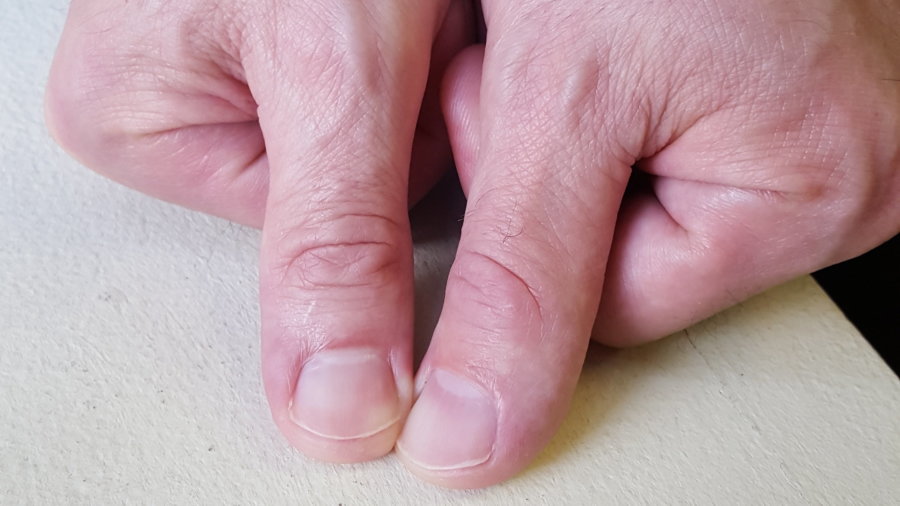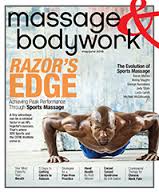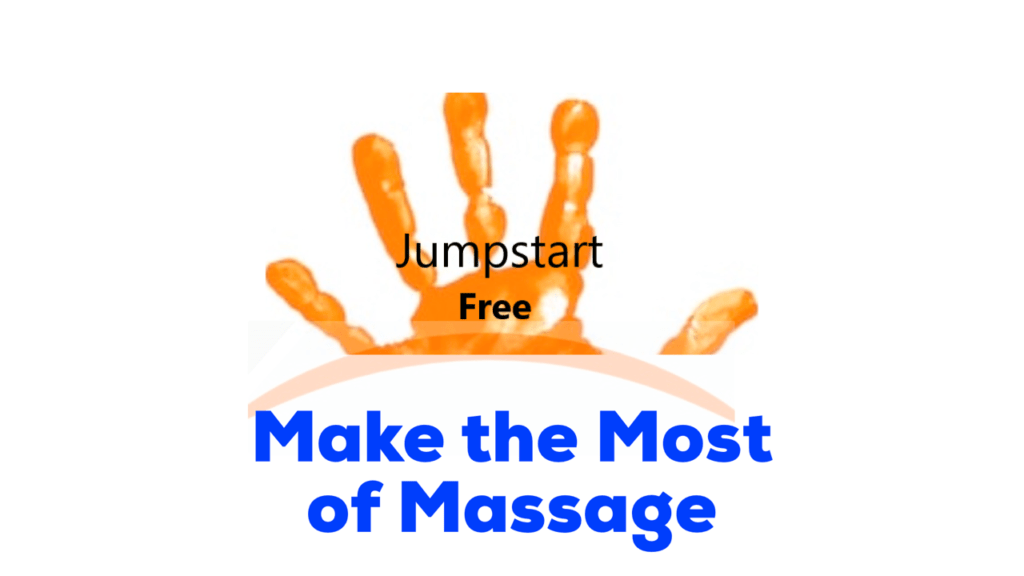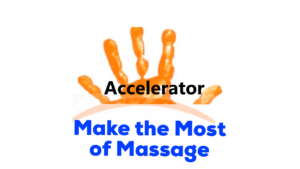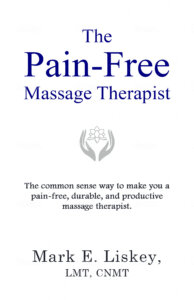A while back, I trained MTs to do hotel massage. Some were fresh out of massage school. I used to get overwhelmed trying to tweak their massages, but eventually I discovered something important: If I could help them master transitions, big things, like flow and maintaining consistent pressure, would fall into place.
Hotel Massage Training
Hotel massage comes with extra pressure. For example, during a hotel massage the MT has to create a “massage space” before the client even gets on the table.
So when I was training MTs for hotel massage, I wanted to take some of the pressure off them by thoroughly preparing them. One way to prepare them was to make sure that they could confidently handle the number one massage request: a relaxation massage with some focus work.
Relaxation massage with some focus work was of special interest to me because I really struggled with it for the first 5 years of my massage career. I wish I had understood good transitions back then.
[bctt tweet=”Guinness Book of Massage Records: Me–took the longest time to do a decent massage.” username=”Mark LiskeyMarkLiskey”]
Transitions
I break down transitions into 2 categories: location and body parts.
A location transition is when you’ve been working in one area and then move to another area.
A body part transition occurs when you change how you’re applying pressure. For example, going from fist to thumbs or palms to elbows would be body part transitions.
Location Transition
Good location transitioning, moving from one body area to another area, is not necessarily straightforward. There are 3 things that a client could experience during a location transition that would make the massage feel less relaxing:
- Varying pressures.
This happens when you start moving and your pressure changes.
- The massage feels rushed.
You don’t think you’re going to get everything done so you start rushing.
- Massage therapist seems disconnected.
If you’re not searching for things (e.g., tight areas) underneath your fingers (or whatever body part you’re using to massage with), you have a greater chance of going off into la-la land. When that happens the client may feel like you’re just going through the motions.
Consistent Pressure is Relaxing
To maintain consistent pressure move you feet. Moving your feet allows you to position your body so that you can easily apply pressure.
If you’re positioned in front of the client’s head and you’re reaching to work the lumbar area, you’re overextended. In this position, it’s difficult to maintain consistent pressure. However, if you work from the side of the table, near the head, and move your feet (location transition) to get to the lumbar area, you’ll be able to easily maintain consistent pressure.
In this video I show you what I mean: Moving Your Feet Video.
Quality Over Quantity
When I try to slow MTs down, I have them do the One Minute drill. Here’s how the One Minute drill works: The MT has one minute to massage a foot, calf and upper leg. New MTs often panic when I say go, and they rush to get as much done as possible.
When I do the One Minute drill on the MT trainee, I dial my stroke pace down and I go slower than I normally would. Why? Because for relaxation, it’s been my experience that one slow relaxing stroke blows away ten fast strokes. During the exercise, I may only get a couple of strokes in from foot to ischium—but you better believe those strokes are relaxing.
Search to Stay Engaged
Losing focus with your fingers can also happen when making a location transition. Again, the thought of having to get somewhere—I need to get to the traps to do the detail work—sometimes overrides the importance of keeping the stroke relaxing.
But when your fingers (or whichever body part you’re using to do the massage) are engaged you won’t lose focus and the client will probably relax even more. For one, engaged fingers are sensors and will warn you when a pressure adjustment is needed. Also, engaged fingers demonstrate that you care about what you’re doing. This helps build therapeutic rapport which can further help the client relax.
Body Part Transitions
Body part transitions, changing how you apply pressure, like palms to thumbs, can seem intimidating, especially when it’s done in the middle of the stroke. And sometimes an MT will overuse a body part because he’s simply not comfortable transitioning to another body part.
But transitioning between body parts is not difficult, if you keep this in mind:
Keep body part #1 on the client while you’re putting body part #2 on the client.
For example, if you’re using your right thumb to glide and want to switch to your left, keep your right thumb down until your left thumb is on the client as well. When both body parts are down, you can calibrate pressure–make sure your right and left thumbs are exerting the same pressure. You will also maintain constant contact with your client by always having a hand on the client. Constant contact is relaxing and reassuring.
For deep pressure, combining body parts (e.g. two fists side-by-side) will save your hands. Switching between combined body parts is no different than switching between single body parts–you just need to keep a hand, fist or forearm on the client at all times.
Here’s I how do it: How to Combine Body Parts to Deliver Pressure video. (In the video I refer to combined body parts as “power tools”. I no longer use the term power tools because it got confusing when I would talk about massage tools and power tools at the same time.)
In a Nutshell
Here are my 3 top picks for doing solid transitions:
- Move your feet to put yourself in a position to exert even pressure while transitioning.
- Keep body part #1 on the client while putting body part #2 on the client in order to maintain constant contact and even pressure when making a tool transition.
- Slow down—even when you’re out of time. One good, slow stroke is better than 10 rushed strokes.
If you want to see transitions in video form, here they are:
And if you’re new to massage, you may want to check out New Therapists Can Be Good Therapists. I firmly believe you can gain years of experience in a short time if you practice the right stuff.
Join My Email Group
Want to get my latest info about how to do a great massage, make more money and grow a massage business while staying pain-free in the massage room?
Sign up for my email group below. It’s free:-)
